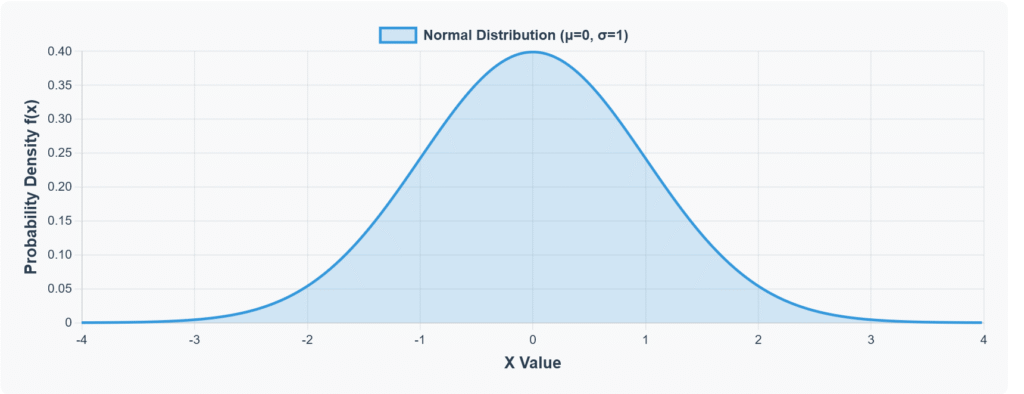In toxicological studies, assessing whether quantitative toxicity data follow a normal distribution is critical when conducting hypothesis testing. This is particularly important because statistical methods such as Analysis of Variance (ANOVA), commonly used to determine No-Observed-Effect Concentration (NOEC) and Lowest-Observed-Effect Concentration (LOEC), assume that the data are normally distributed. To ensure robust statistical analysis, toxicity tests should be designed with a minimum of three replicates for both control and treatment groups.
What is a Normal Distribution?

What is a Normality Test?
A normality test is a statistical method used to determine whether toxicity data conform to a normal distribution, characterized by a bell-shaped curve where data cluster around the mean with fewer extreme values (outliers). This distribution is essential for ensuring the validity of parametric statistical tests.
Why is a Normality Test Important?
Quantitative endpoints in toxicology, such as reproduction and growth, must follow a normal distribution to ensure reliable statistical analysis and accurate determination of NOEC and LOEC values. Deviations from normality can lead to erroneous conclusions, necessitating alternative approaches such as data transformation or non-parametric tests.
How is a Normality Test Performed?
Several methods exist to assess normality, but the Shapiro-Wilk test is the most commonly used in ecotoxicological studies due to its sensitivity for small to moderate sample sizes. Visual inspections (e.g., histograms or Q-Q plots) and other statistical tests may also be employed as supplementary tools.
The Shapiro-Wilk test compares the toxicity data to an idealized normal distribution and calculates a p-value:
- p-value > 0.05: The data are consistent with a normal distribution, indicating that parametric tests like ANOVA can be applied.
- p-value < 0.05: The data deviate from normality, suggesting the need for data transformation (e.g., logarithmic transformation) or non-parametric tests.
The Kolmogorov-Smirnov test is an alternative suitable for larger datasets but is generally less sensitive than the Shapiro-Wilk test for detecting deviations from normality in toxicity data.
Start Your Toxicity Data Analysis with ToxGenie
Understanding quantal and quantitative data is the first step to robust toxicology research. Our software offers an intuitive platform for both data types, perfect for beginners and experts alike. Curious? Start with a 30-day free trial and revolutionize your toxicity data analysis today!
